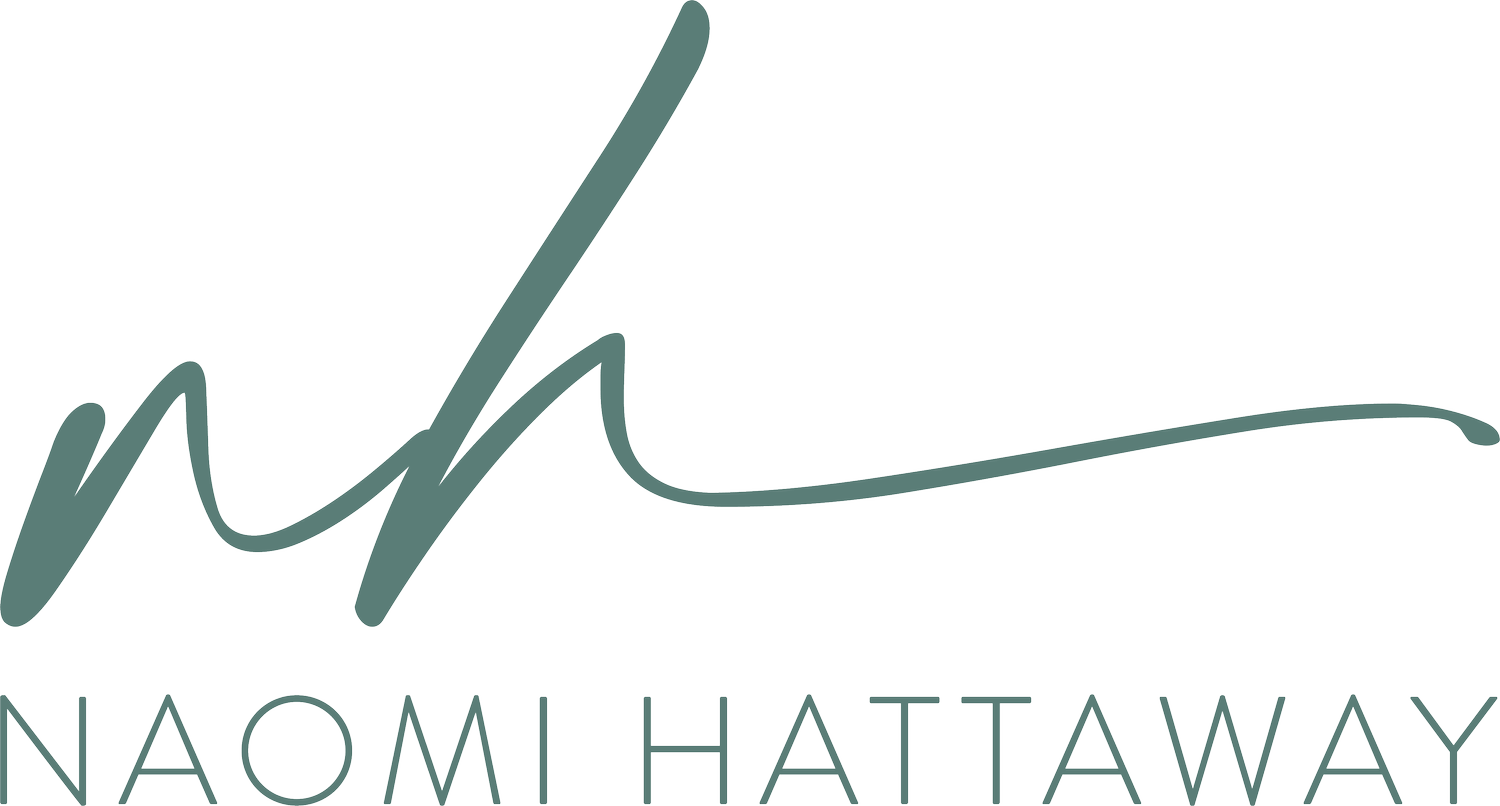When the Leader Leaves: How Nonprofits Can Build Resilient Transitions
You’ve likely been here before—the moment a beloved leader steps away, and the organization is left feeling like it's lost its heartbeat. Too often, nonprofits approach leadership transitions with panic or avoidance, leaving staff overwhelmed and unsure of what's next.
The reality? Leadership transitions are inevitable. People Leave. Yet most nonprofit organizations operate as if their current leader will be there forever. This isn't just wishful thinking—it's organizational negligence that puts your mission at risk.
I recently had the chance to join Heather Burright on her podcast, Learning for Good, where we explored why preparing for leadership transitions isn't just important—it's essential for organizational sustainability. In the podcast, we also discussed the correlation to prioritizing not only learning and development, but succession planning as well. Through my work in interim leadership and proactive succession planning, I've seen firsthand how the right approach to workplace transitions can transform what feels like a crisis into an opportunity for growth.
Succession planning isn't just about writing down who's next in line. It's about creating space for conversations on what success looks like in the future, preparing your team for change, and equipping your next leaders to thrive. When done well, nonprofit succession planning becomes a cornerstone of organizational resilience.
The Four Pillars of Resilient Leadership Transitions
➡️ Create a Culture of Preparedness
Don't wait until a resignation letter hits your desk. Start normalizing conversations about leadership transitions, mentorship, and capacity-building long before they're urgent.
Practical Action 1: Schedule annual "succession conversations" with your board where you discuss not just emergency succession, but planned leadership development pathways. Make this a standing agenda item, not a crisis response.
Practical Action 2: Implement a leadership development program that identifies and nurtures potential internal candidates. This isn't about picking successors—it's about building bench strength across your organization. Create mentorship opportunities, cross-training initiatives, and stretch assignments that prepare multiple team members for increased responsibility.
➡️ See the People Beyond the Positions
Transitions affect more than just the person leaving or arriving. Staff, board members, and the community all experience change—and sometimes grief. Take the time to acknowledge that.
Practical Action 1: Create a communication plan that addresses the emotional and practical needs of different groups during transition periods. Staff need clarity about their roles and job security. Community partners need reassurance about program stability. Board members need confidence in organizational continuity. Funders benefit from encouragement to support transitions with their grantee organizations.
Practical Action 2: Build in transition rituals that honor what's ending while celebrating what's beginning. This might include listening sessions with staff, community appreciation events, or structured reflection processes that capture institutional wisdom before it walks out the door.
➡️ Leadership Isn't a Personality—It's a System
When we attach leadership to one person's charisma, we miss the chance to build lasting structures and cultures that can weather change.
Practical Action 1: Document your organization's core processes, decision-making frameworks, and institutional knowledge. Create systems that don't depend on one person's memory or relationships. This includes everything from donor stewardship protocols to program delivery models.
Practical Action 2: Establish clear governance structures and delegation frameworks that distribute leadership responsibilities across multiple roles. Build leadership capacity in your management team so that expertise and authority aren't concentrated in a single position.
➡️ Build Decision-Making Capacity at Every Level
Empower your team to lead in their own ways. The strongest organizations aren't built on one person's shoulders—they're supported by many.
Practical Action 1: Implement a decision-making matrix that clearly defines what decisions can be made at each organizational level. Train your team on these parameters and create safe spaces to practice decision-making before they're in crisis mode.
Practical Action 2: Create "acting up" opportunities where team members temporarily take on higher-level responsibilities during planned absences (vacations, conferences, sabbaticals). This builds confidence, reveals leadership potential, and stress-tests your organizational systems.
The Leaving Well Approach: Proactive Succession Planning That Works
Effective workplace transitions don't happen by accident. They require intentional planning, honest conversations, and a commitment to organizational health that extends beyond any single leader's tenure.
In my succession planning work with nonprofits, I've seen organizations transform their relationship with change itself. Instead of fearing leadership transitions, they begin to see them as natural opportunities for renewal, strategic reflection, and organizational evolution.
The most resilient nonprofits understand that preparation is care—care for the staff who will remain, care for the communities they serve, and care for the mission that transcends any individual leader.
Moving Forward: Your Next Steps
Transitions don't have to be scary. They can be beautiful opportunities for growth, clarity, and renewal. But only when you're prepared.
Start where you are. Begin the conversations. Build the systems. Your future self—and your organization—will thank you.
The question isn't whether your organization will experience leadership transitions. The question is whether you'll be ready when they happen.
Looking for support with interim leadership or proactive succession planning? Organizational transitions are both an art and a science—and getting them right makes all the difference for nonprofit sustainability and mission impact. Get in touch today.
